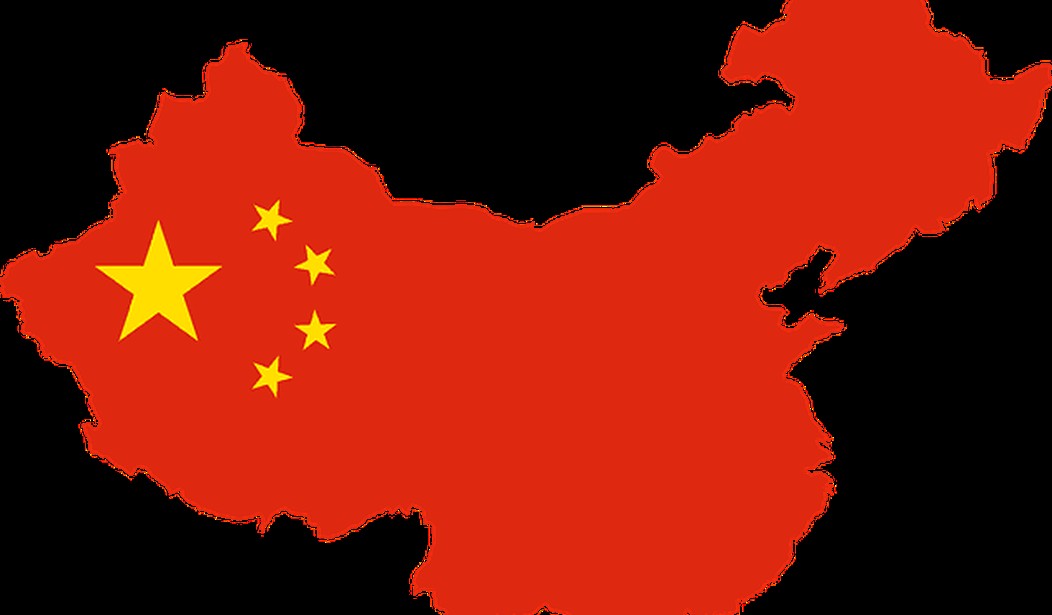China represents an existential threat to the national security of the US in terms of growth of military capabilities but more importantly in the economic realm as they pursue their “Made in China 2025” and Belt-Road initiatives. The purpose of this thread series is to present the contents of one of those reports in “bite-sized chunks” that are more easily digestible in order to convey a better understanding of the Chinese economy and its long-term challenges to the US and the world.
Part I introduced and summarized the Congressional Research Service report, “China’s Economic Rise: History, Trends, Challenges, and Implications for the United States,” which forms the basis for this thread series and can be found here. Part II covered the history of China’s economic development and can be found here. This part covers the two principal factors that contributed to China’s economic growth.
Economists generally attribute much of China’s rapid economic growth to two main factors: large-scale capital investment (financed by large domestic savings and foreign investment) and rapid productivity growth. Economic reforms led to higher efficiency in the economy, which boosted output and increased resources for additional investment in the economy. China has historically maintained a high rate of savings.
When reforms were initiated in 1979, domestic savings as a percentage of GDP stood at 32%. However, most Chinese savings during this period were generated by the profits of SOEs, which were used by the central government for domestic investment. Economic reforms, which included the decentralization of economic production, led to substantial growth in Chinese household savings as well as corporate savings. As a result, China’s gross savings as a percentage of GDP is the highest among major economies.
The large level of domestic savings has enabled China to support a high level of investment. In fact, China’s gross domestic savings levels far exceed its domestic investment levels, which have made China a large net global lender. Several economists have concluded that productivity gains (i.e., increases in efficiency) have been another major factor in China’s rapid economic growth. The improvements to productivity were caused largely by a reallocation of resources to more productive uses, especially in sectors that were formerly heavily controlled by the central government, such as agriculture, trade, and services. For example, agricultural reforms boosted production, freeing workers to pursue employment in the more productive manufacturing sector.
China’s decentralization of the economy led to the rise of non-state enterprises (such as private firms), which tended to pursue more productive activities than the centrally controlled SOEs and were more market-oriented and more efficient. Additionally, a greater share of the economy (mainly the export sector) was exposed to competitive forces. Local and provincial governments were allowed to establish and operate various enterprises without interference from the government.
In addition, FDI in China brought with it new technology and processes that boosted efficiency. However, as China’s technological development begins to converge with major developed countries (i.e., through its adoption of foreign technology), its level of productivity gains, and thus, real GDP growth, could slow significantly from its historic levels unless China becomes a major center for new technology and innovation and/or implements new comprehensive economic reforms.
Several developing economies (notably several in Asia and Latin America) experienced rapid economic development and growth during the 1960s and 1970s by implementing some of the same policies that China has utilized to date to develop its economy, such as measures to boost exports and to promote and protect certain industries. However, at some point in their development, some of these countries began to experience economic stagnation (or much slower growth compared to previous levels) over a sustained time, a phenomenon described by economists as the “middle-income trap.”
This means that several developing (low-income) economies were able to transition to a middle-income economy, but because they were unable to sustain high levels of productivity gains (in part, because they could not address structural inefficiencies in the economy), they were unable to transition to a high-income economy.
China may be at a similar crossroads now. The World Bank classifies development levels of economies using a per capita gross national income (GNI) methodology. According to the World Bank, China went from a low-income economy to a low-middle-income economy in 1997, and in 2010, it became an upper-middle-income country.
China’s 2017 per capita GNI (at $8,690) was 38.7% below the level China would need to obtain to become a high-income economy. Here is a graphic depicting the World Bank Measurements of China’s Per Capita GNI: 2000-2017:

The Chinese government projects that China can cross the high-income threshold by 2025. It hopes to achieve this largely by making innovation a major source of future economic growth. Skeptics contend that innovation growth in China will be hard to achieve, especially if it is mainly state-driven and imposes new restrictions on foreign firms.
The Economist Intelligence Unit (EIU) projects that China’s real GDP growth will slow considerably over the next several decades, eventually converging on U.S. growth rates by the year 2037 (U.S. and Chinese real GDP growth rates are both projected at 1.9%). For some years thereafter, EIU projects U.S. GDP growth to be greater than China’s, as shown in the figure below depicting U.S. and Chinese annual Real GDP growth rates in 2010-2018, with projections through 2050:

The Chinese government has indicated its desire to move away from its current economic model of fast growth at any cost to more “smart” economic growth, which seeks to reduce reliance on energy-intensive and high-polluting industries and rely more on high technology, green energy, and services. China also has indicated it wants to obtain more balanced economic growth.
The two main factors fueling Chinese economic growth – large-scale capital investment and rapid productivity growth – are vital to pacifying their domestic population. With per capita gross domestic product just above $10,000, China must sustain far more rapid growth than the U.S., where GDP per person is about $62,000. But the Chinese economy is losing momentum largely due to the trade war with the US. Rebalancing US-China trade policy is a top objective of the Trump Administration, and the direct impact on Chinese economic growth is only now being seen by outside observers. We’ll get into that a bit more in subsequent parts of this series.
Part III of the series ends here. In the next part, we will measure the size of China’s economy and also discuss China’s role as the world’s largest manufacturer plus changes in China’s wage and labor cost advantages.
The end.













Join the conversation as a VIP Member